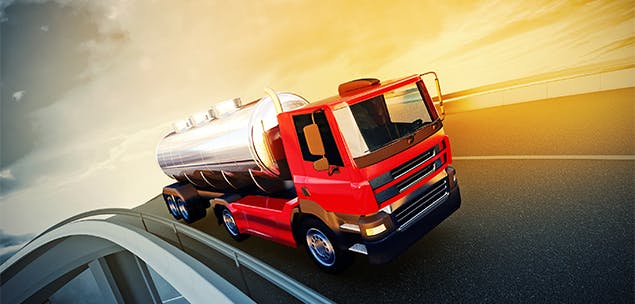Some businesses rise and fall on the backs of trucks. Whether you’re shipping or receiving products of your own, on behalf of other businesses or need a truck to help you ply your trade (concrete mixers or cranes for example) it pays to get a great deal on truck finance. Here are top 5 tips from Savvy, recognised by BRW as one of the fastest growing car finance companies in Australia in 2015 to get you started.
1. Determine your life cycle and needs
Your business is unique and has unique needs. Before looking for truck finance, ask yourself a few key questions:
- Do I need/want the flexibility to keep up with the latest trucks?
- If I expand, will I need a bigger truck than I need right now?
- Do I have a definite business plan for using my truck to pay off the lease or loan and for business growth?
- Is my truck use seasonal? Is my cash flow dependent on the use of the truck?
- Considering the average use of the truck, how long can I keep the truck until I need to replace it?
These should give you a baseline for your budget. Using these numbers, you will be able to figure out how to best maximise your investment.
2. Consider all the different products
After running the numbers, you may decide leasing is better than owning.
If you decide to buy outright, you will typically find two types of products ideal for truck ownership. This is known as a chattel mortgage. This is a business loan that places a mortgage on your truck, lifted once you pay it off. Your truck is accounted for as an asset and you can claim GST, interest payments and the fuel input tax credit. A hire purchase is similar to a chattel mortgage, except your bank or lender owns the vehicle until you pay it off. It’s accounted for as an operating expense. You (or your lender) claims GST, interest payments and the fuel input tax credit. You can also amortise other expenses such as insurance and maintenance with these types of products. You should also figure out if you require a product that allows for extra repayments.
3. Decide if you need flexibility
If you need extra flexibility, you might consider a finance lease or operating lease to finance your truck. You don’t gain equity in the truck, but you can trade-in your truck at the end of a lease for a new vehicle. You also have the option to purchase the truck or walk away. You also gain most of the business tax benefits with either product. Whether you buy or lease, financiers and banks can also help tailor a payment plan suited to your cash flow with business-oriented loan products such as a chattel mortgage or hire purchase.
4. Select a truck that’s new or close enough to
You may be tempted to buy a used truck for a “steal,” but it may end up costing you more. Trucks have definite lifecycles and require complete overhauls when their engines near the end of those cycles. Buying a new truck may cost more initially, but they will save your business more in maintenance and servicing costs. They are also more reliable, which is only a good thing for business.
5. Shore up any lingering doubts and uncertainties
Like any business, lenders and banks hate risk. Alleviate your lenders’ fears by paying down debts and setting aside capital for a truck purchase or a truck lease. This not only means paying less in loan or lease repayments, but could also mean lower interest rates. Having savings also means you can spend it on insurance and other essentials without having to borrow more.

